There are many reasons housecats might chew on houseplants.
Chewing on and swallowing vegetation can help cats rid themselves of hairballs.
Plants may be fun to play with and some plants may just be tasty.
This is why many “cat-slaves” provide their little ones with small trays of sprouted grass to enjoy.
It’s also a good idea to make cat-friendly choices in houseplants and keep those plants out of the reach of kitties.
Here are 30 top choices in cat-friendly houseplants:
Money Tree(Pachira aquatica)

This swamp plant is a native of Central America and South America.
You may sometimes hear it called the Money Plant.
It is considered an “air cleaning” plant and is tolerant of poor air quality.
These plants are thought to bring prosperity and good luck, and they are safe for homes with kitties.
Growing the Money Tree
Indoor Palm Trees
Many palm varieties make excellent houseplants and are safe for cats.
Here are four of the best choices.
- Areca Palm (Dypsis lutescens) is also called Butterfly Palm
Its pretty fronds give any bright room a tropical feel.
Provide ample bright, indirect light and allow soil to dry out between thorough waterings.
- Parlor Palm (Chamaedorea elegans)
This popular and inexpensive plant thrives in a typical home or office setting.
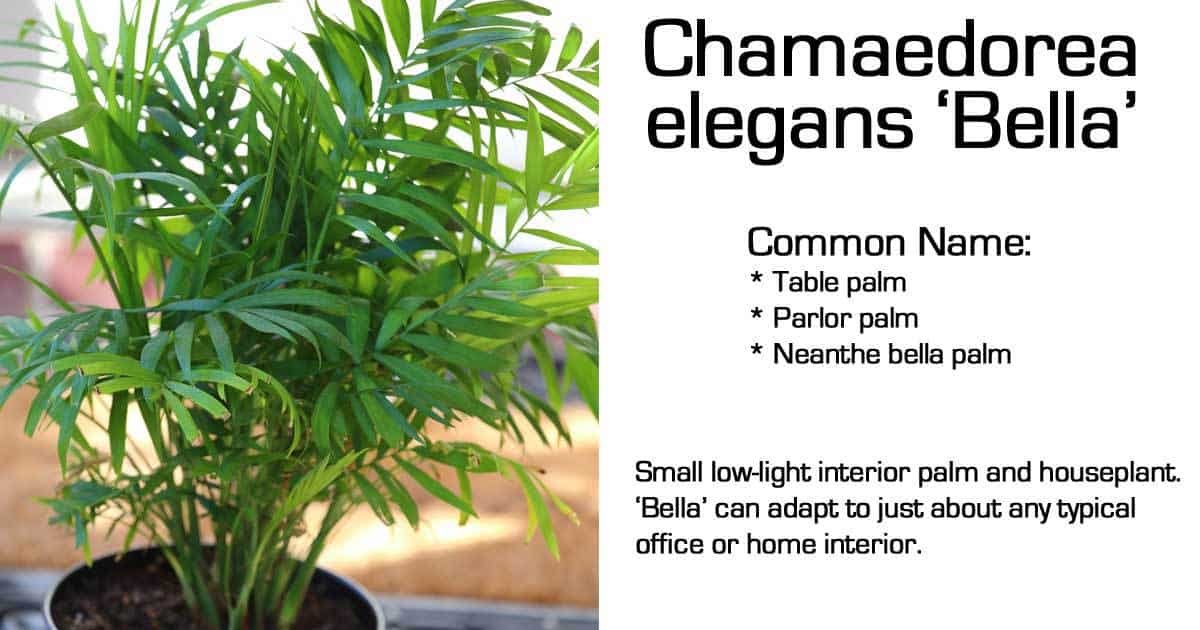 Consistent, comfortable room temperatures, bright indirect sunlight, and regular watering are the only things needed for success.
Consistent, comfortable room temperatures, bright indirect sunlight, and regular watering are the only things needed for success.
- Bamboo Palm (Chamaedorea Seifrizii)
This South American native grows outdoors in tropical areas such as Hawaii and Florida.
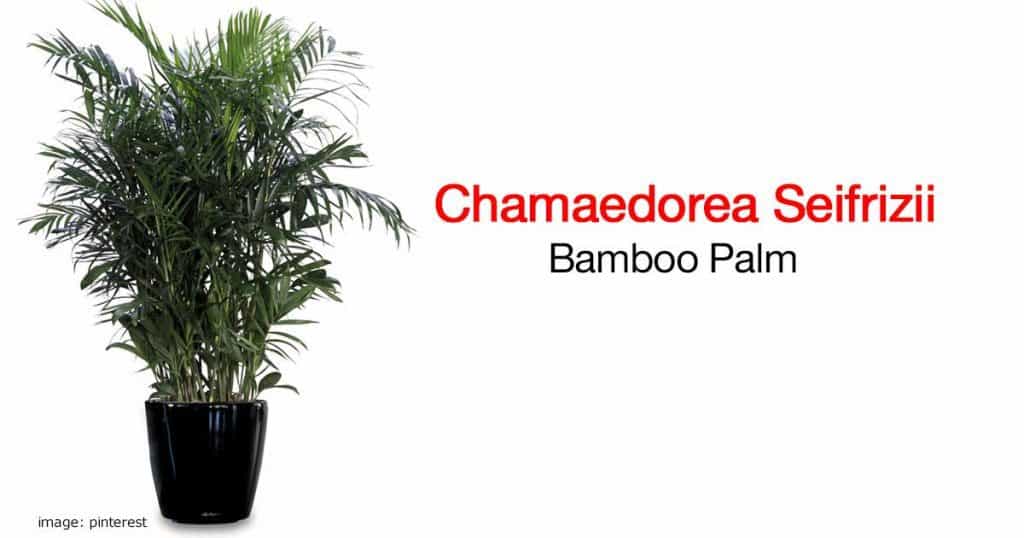 Otherwise, it is grown as an attractive houseplant doing well in shadowy rooms with plenty of water.
Otherwise, it is grown as an attractive houseplant doing well in shadowy rooms with plenty of water.
It is a good mall, office, or house plant.
- Ponytail Palm (Beaucarnea recurvata)
This attractive, unusual houseplant has a thick, stumpy trunk and a cascading spill of leaves resembling a ponytail.
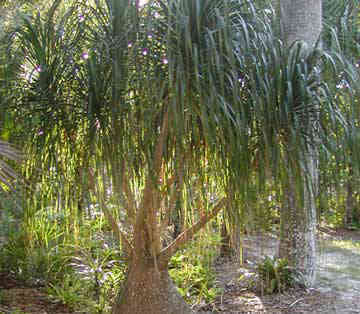
This is not a palm but many call it one, it does well with bright light and little water.
Spider Plant (Chlorophytum comosum)
The spider plant is a pretty, dangling houseplant coming in shades of solid green or green and white striped.
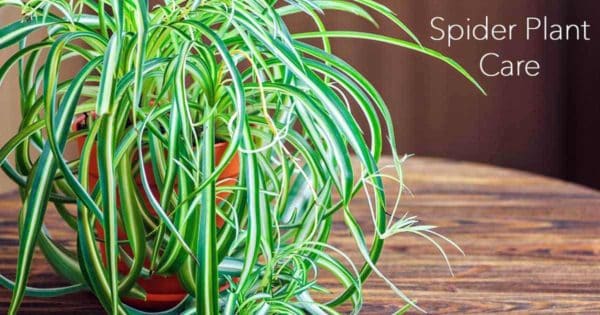
The plant produces lots of little plantlets allowed to grow and dangle from a hanging pot or be separated from the parent plant and put into their own pots.
This non-toxic plant is actually grown as a food source in its native Africa.
Growing Chlorophytum Comosum – Spider Plant Care
Boston Fern (Nephrolepis exaltata bostoniensis)
This fast-growing, non-toxic plant does well in rooms with ample, bright, indirect lighting and plenty of humidity.
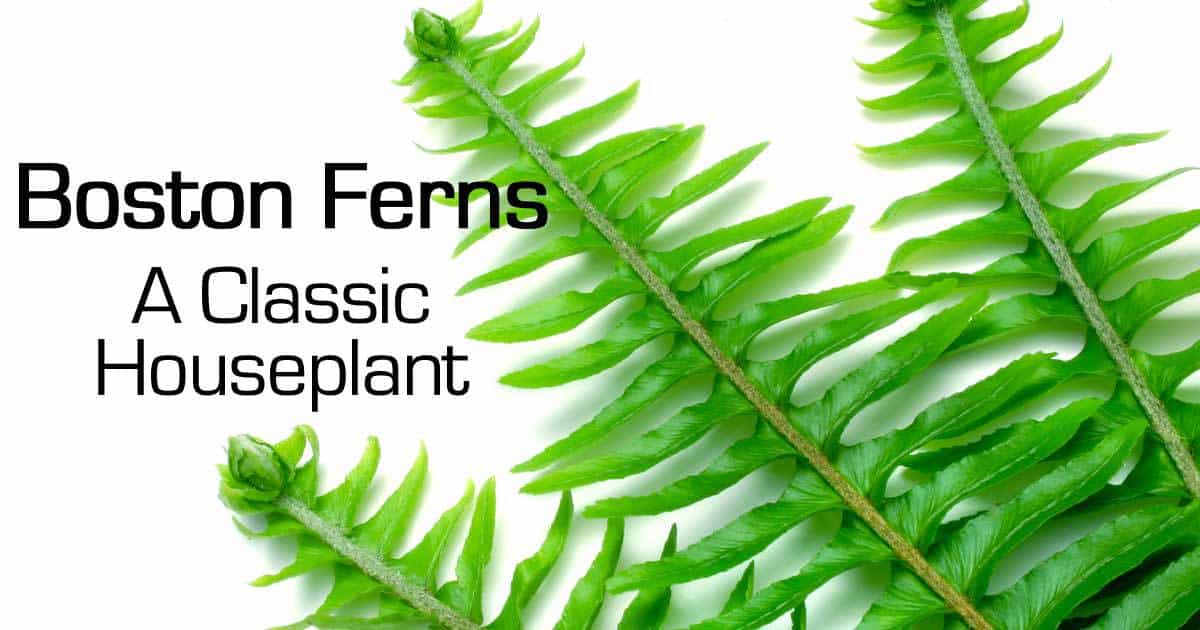 A bathroom skylight is a perfect place for this plant, which needs plenty of room to cascade and dangle.
A bathroom skylight is a perfect place for this plant, which needs plenty of room to cascade and dangle.
Boston Fern Care
Wandering Jew (Tradescantia Zebrina)
This purple version of the Wandering Jew makes a pretty addition to a windowsill or high shelf.

It has a rambling, spreading growth habit doing well in a hanging basket.
Wax Plant or Porcelain Flower (Hoya)
Hoya is a nearly indestructible plant with attractive, glossy, thick waxy leaves.
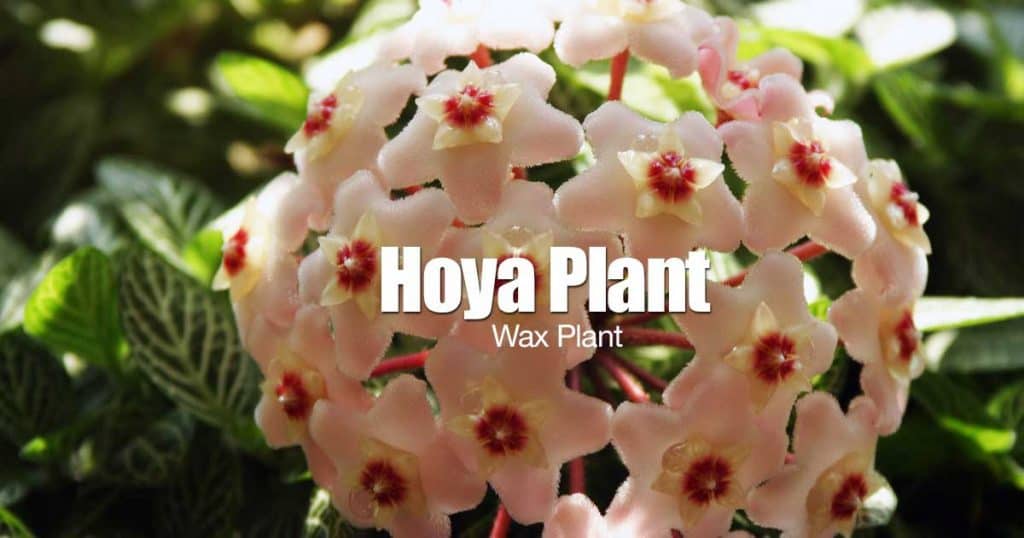 It is impervious to bad air quality and can live decades in much less than perfect situations.
It is impervious to bad air quality and can live decades in much less than perfect situations.
The plant can grow to be huge, and it produces pretty, sweet-smelling flowers in the springtime.
Several Hoya varieties to choose from:
- Hoya carnosa wax flower
- Hindu rope plant
- Hoya kerrii – Sweetheart Hoya
- Hoya Curtisii – Fung Wax flower
African Violet (Saintpaulia)
There are many different types of African Violets, and it’s possible to amass a pretty and varied collection of them.

Their fuzzy leaves are deep green with purple highlights.
Blooms come in a wide variety of shades ranging from white to pink to deepest purple.
African Violets like consistently warm temperatures, lots of bright, indirect light, and occasional deep drenching after the soil has been allowed to dry almost completely.
Moth Orchids (Phalaenopsis)
Orchids of all sorts are found in a wide variety of shops around the world.
Of all the orchids, the Phalaenopsis is the easiest to grow.
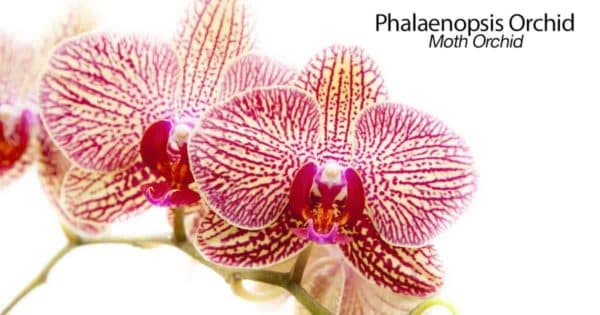
This non-fussy plant likes lots of bright, indirect sunlight and a weekly soaking in filtered, bottled, or rainwater.
Provide a feeding of orchid fertilizer once every six weeks or so.
Cast Iron Plant (Aspidistra)
Cast Iron Plant Can live just about anywhere in the home.
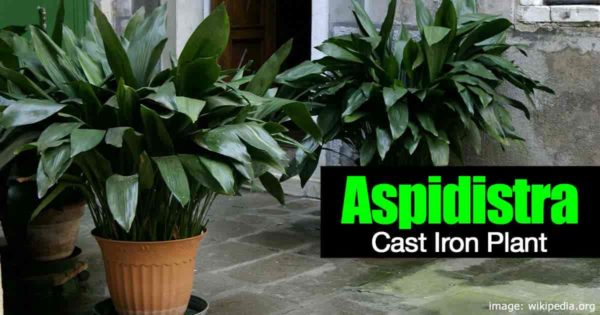
It is a non-demanding plant with long, frond-like green leaves often called a “mall plant.”
These plants do well in all sorts of offices, shops, pubs, doctors’ offices, and other public venues where they experience neglect and abuse.
Bamboo (subfamily Bambusoideae)
Outdoors, bamboo can grow and spread and become a forest, but there are many varieties had easily and affordably kept as houseplants.
As members of the grass family, they may prove to be very attractive to your cat, but they won’t hurt him!
Bamboo is attractive and easy to grow and propagate.
Prayer Plant (Maranta)
Prayer Plant (Maranta leuconeura) is so-called because it closes its leaves at sundown like hands in prayer.
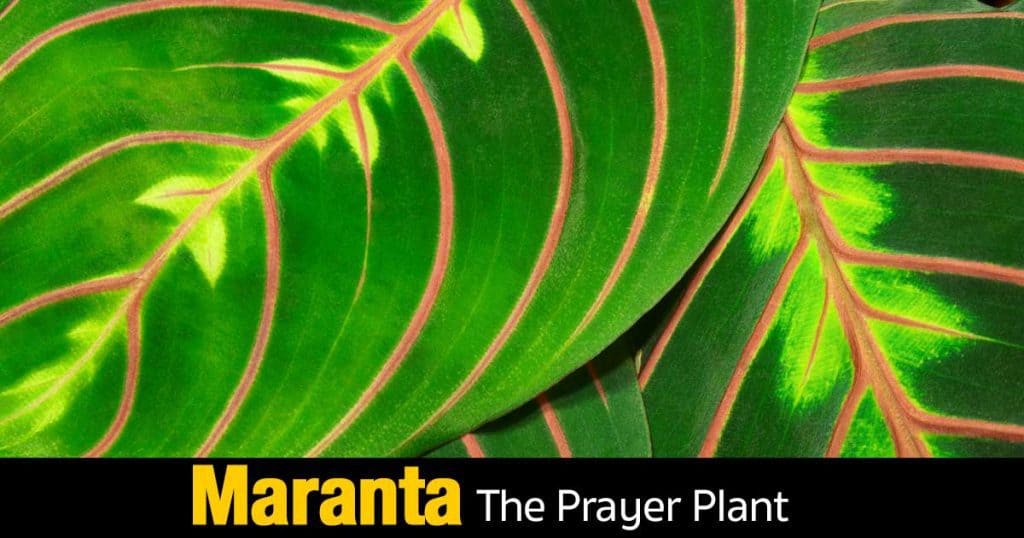 The plant is generally light-sensitive and does very well in a low-light setting.
The plant is generally light-sensitive and does very well in a low-light setting.
More on: Are Prayer Plants Cat Safe?
Christmas Cactus (Schlumbergera bridgesii)
Christmas Cactus is an interesting addition to any plant collection.
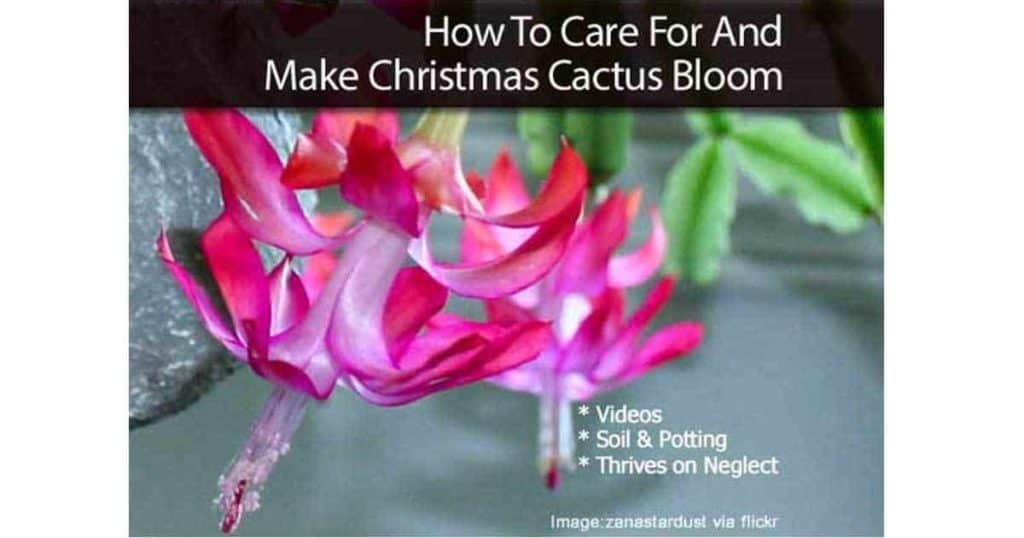 It makes a lovely green plant through the spring and summer months and blooms with pretty white, pink, or red blooms during the holiday season.
It makes a lovely green plant through the spring and summer months and blooms with pretty white, pink, or red blooms during the holiday season.
The plant makes a good choice for a hanging basket but is often kept as a tabletop plant.
Swedish Ivy (Plectranthus australis)
The attractive Swedish ivy plant (Its not an ivy at all) thrives at regular room temperature with plenty of indirect sunlight.
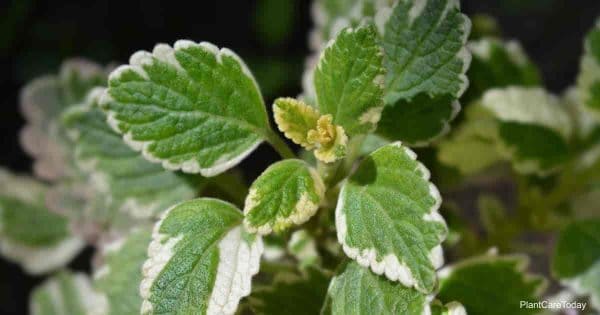
This popular houseplant is an excellent choice for a beginner because it requires very little care.
As with most ivy, it does very well in a hanging basket where it can spread and cascade.
Gloxinia (Sinningia speciosa)
These ubiquitous plants are easily obtained at all popular holidays, such as Mother’s Day and Valentine’s day.
These natives of Brazil prefer even comfortable room temperatures, consistent moisture, and indirect sunlight.
They produce an abundance of beautiful, bi-colored flowers in the springtime.
Baby Tears Plant (Soleirolia soleirolii)
The tiny teardrop-shaped leaves of this compact baby tears plant make the reason for its common name quite clear.
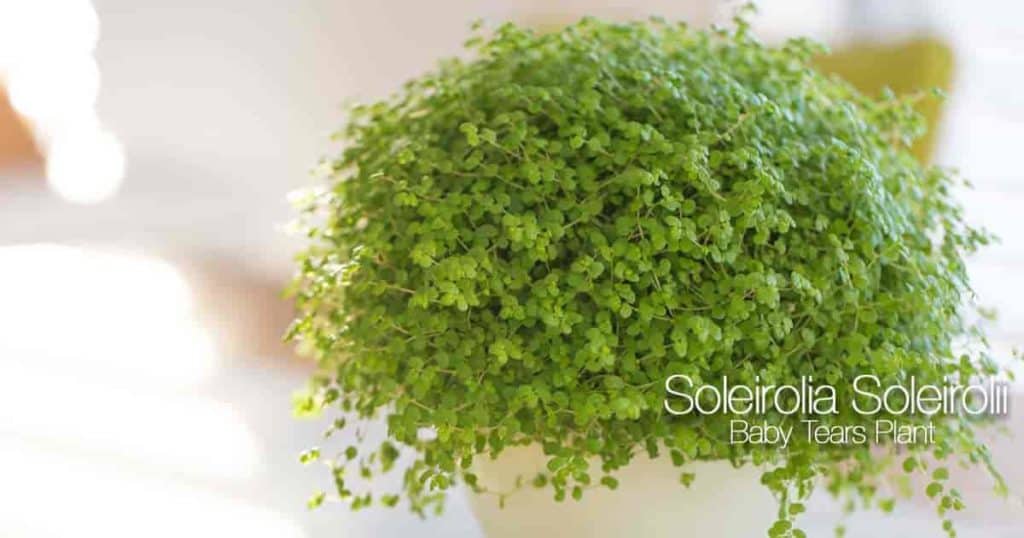 When planted outdoors in conducive settings, it makes a pretty and delicate creeping ground cover.
When planted outdoors in conducive settings, it makes a pretty and delicate creeping ground cover.
Kept as a houseplant, it can do well in a small hanging basket or as an addition to your terrarium.
Banana Leaf (Musa)
If you want a large, dramatic plant, the banana plant is a safe choice for households with cats.
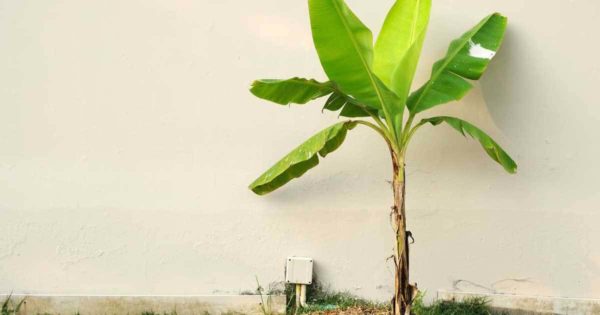
The leaves are large, bold, and deep green.
Keep Banana Leaf Plant in rich soil, and provide regular watering.
These plants like lots of bright light.
Burro’s Tail (Sedum morganianum)
This succulent hails from Honduras and Southern Mexico and is called Burro’s Donkey Tail because it’s just what it looks like.
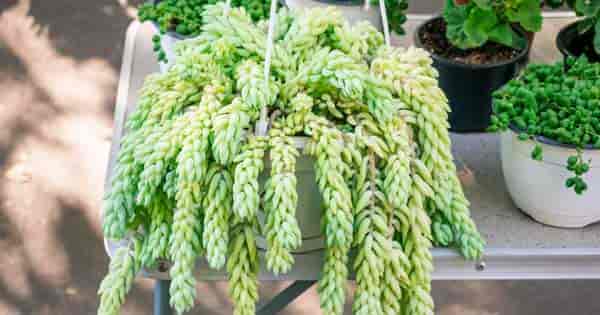
The plant grows in tail-like tendrils with plump bluish-green leaves growing compactly around the stems.
Tails can grow to be as long as 3′ feet but seldom do so in house plants.
Burro’s Tail does well in a hanging basket.
Venus Fly Trap (Dionaea muscipula)
Carnivorous plants are exotic and interesting and require surprisingly little care.
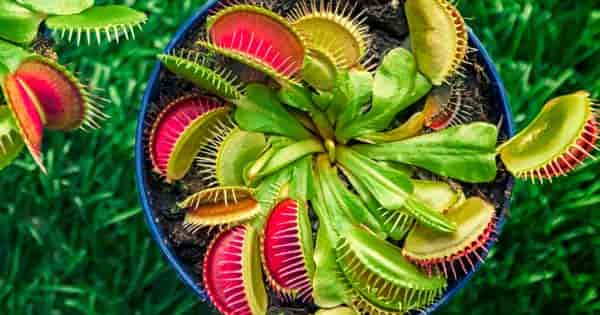
To keep your Venus Fly Trap healthy, you need four hours a day of direct sunlight, pure water (distilled, filtered or rainwater), and nutrient-poor substrate (e.g., sphagnum moss or peat moss).
You don’t need a lot of flies. An occasional meal is needed.
Echeveria
There are many different sorts of rose-shaped succulents in the Echeveria plant family.
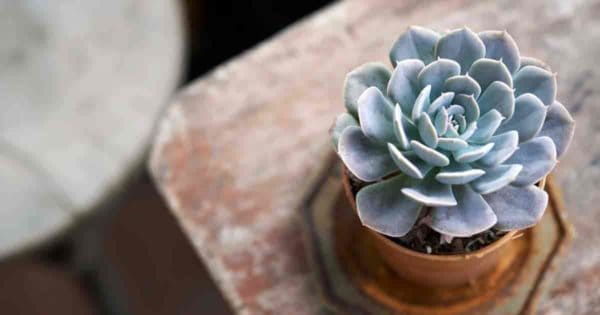
All are natives of the semi-desert areas in Central America.
These popular succulents are pretty, easy to care for, and non-toxic.
In the spring and summer, they produce lovely flowers.
Zebra Plant or Peacock Plant (Calathea spp.)
These flashy plants have large leaves with bold stippling or stripes in colors ranging from deep green to gold to pink to purple.
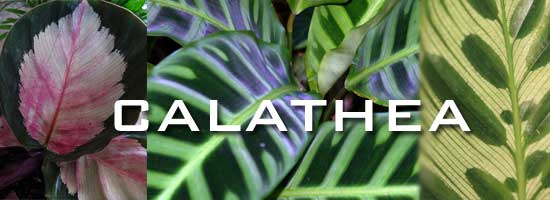
Calathea is happy to occupy a shady corner and will produce prettier colors there.
Too much sun causes the leaves’ colors to fade.
Friendship Plant (Pilea involucrata)
This fragile, bushy trailing plant hails from Central America and South America.
It needs to be kept in a sheltered setting with very high humidity, so it is an excellent choice as a terrarium plant.
It has pretty, quilted leaves in a bright shade of apple green, set off with dark bronze veins.
Polka Dot Plant or Freckle Face (Hypoestes phyllostachya)
This pretty tropical sub-shrub has oval, green leaves splashed with shades of lavender, pink, or rose.
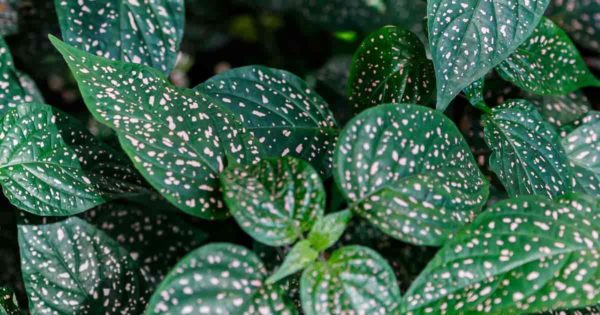
The Polka Dot plant produces tiny lilac flowers throughout the summer.
It is a native of Madagascar.
Peperomia
There are many different types of Peperomia, and all of them make lovely houseplants.
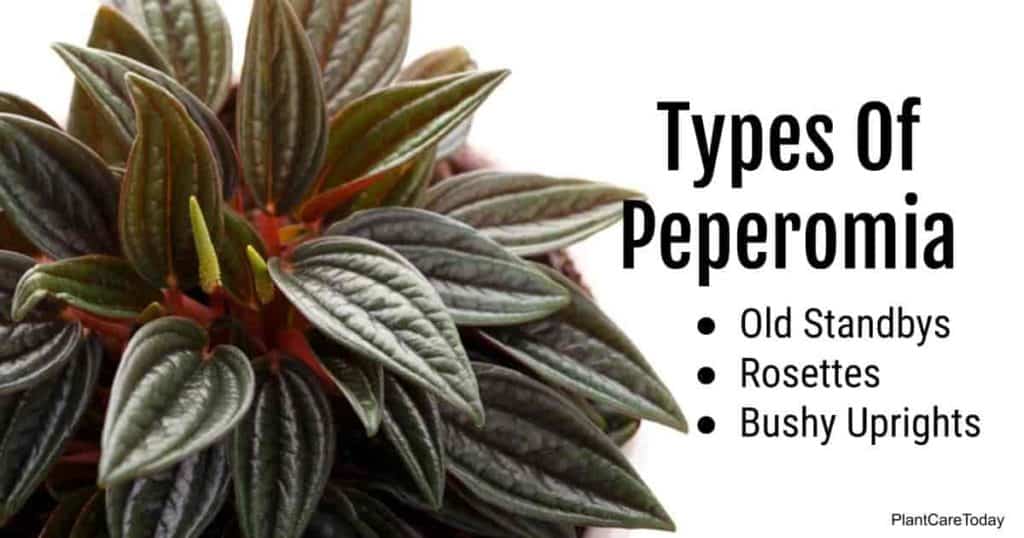 All have thick, interesting leaves in varying shades of deep green, purple, and cream, depending upon the species. The peperomia emerald ripple variety is very attractive one.
All have thick, interesting leaves in varying shades of deep green, purple, and cream, depending upon the species. The peperomia emerald ripple variety is very attractive one.
They are easy to grow and to propagate and do well as tabletop plants in areas with moderate, indirect sunlight.
They like consistent, even moisture.
Gerbera Daisy (Gerbera jamesonii)
The Gerbera daisy is a South African native, are incredibly hardy and do well in partial to full sun settings.
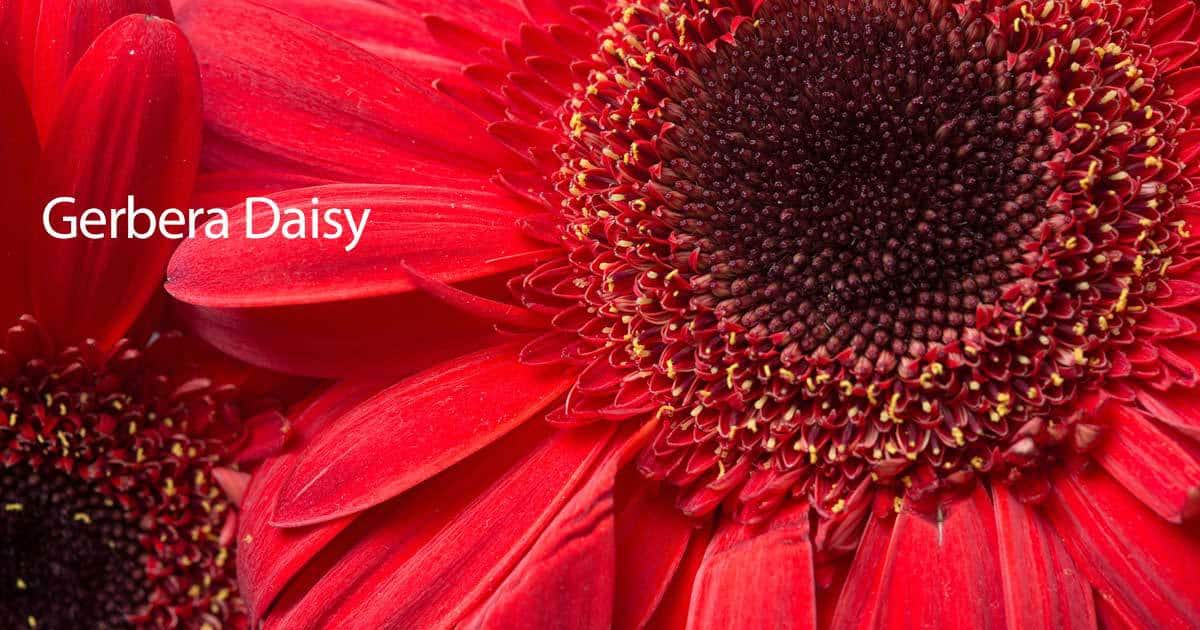
Standing a little over a foot high, they make a dramatic statement with their big, bold, daisy-like flowers in shades of white, yellow, orange, salmon, and pink.
Mosaic Plant or Nerve Plant (Fittonia spp.)
Fittonia is a spreading evergreen has deep green, delicately veined leaves in shades ranging from white to silver to pink or green.
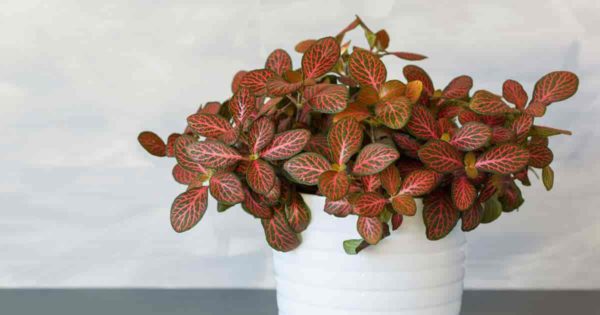
This low-growing creeper is a good choice for a bottle garden or a terrarium.
It likes a low light setting and moderate watering.
Asparagus Fern (Asparagus aethiopicus syn. Asparagus densiflorus)
The Asparagus fern plant is actually not a fern, but it is very fernlike.

It likes an indoor setting with moderate, indirect lighting.
Too much light will cause the fronds to turn brown and die.
Tiny, inconspicuous flowers may appear in the springtime.
Water the plant well and then allow it to dry almost completely before watering again.
Bromeliad (Bromeliaceae)
There are many different types of Bromeliads, and all of them are interesting and unusual.
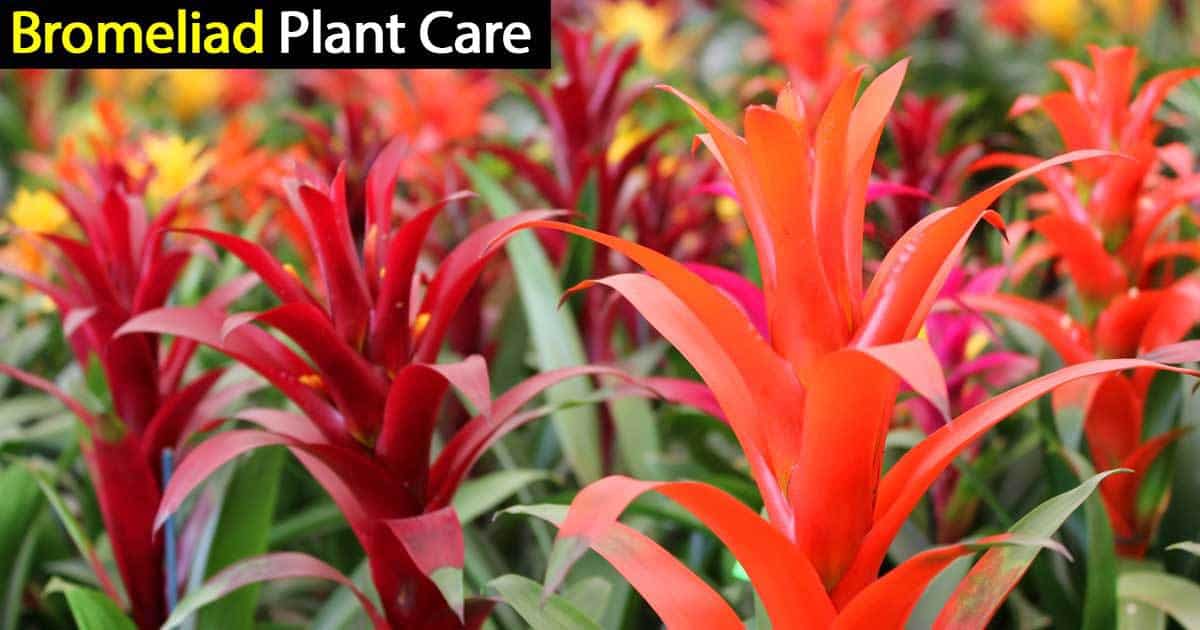
They have very strong, strappy leaves and odd, cone-shaped flowers.
These epiphytes are quite easy care and grow soil-free by anchoring them to a bit of driftwood or maintaining as an air plant.
Purple Waffle Plant (Hemigraphis alternata)
The Purple Waffle (Hemigraphis alternata) is a pretty plant with highly textured purple leaves producing the best color in a setting providing bright, indirect lighting.
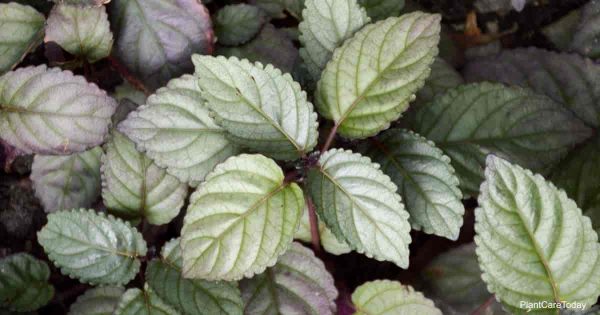
The plant prefers evenly moist, well-draining soil and plenty of humidity.
Purple Passion Plant (Gynura aurantiaca)
Gynura aurantiaca aka Purple Passion plant is an extremely interesting houseplant has a thick coat of purple fur on green leaves.
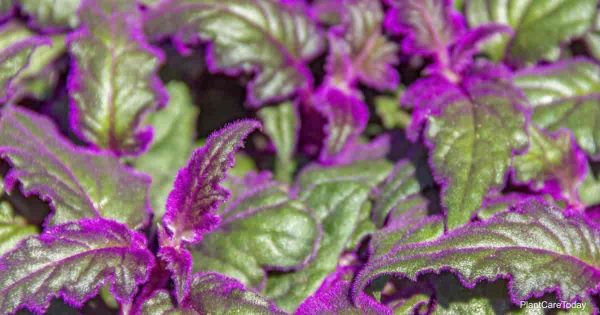
The velvety hairs grow thick and shiny when the plant is kept in a bright light setting.
In the springtime, strange-smelling orange flowers appear.
This plant likes bright light and scant water.
Wait until the soil is dry and then water thoroughly.
Haworthia Succulent or Zebra Cactus
The Haworthia plant is a low-growing succulent is similar in appearance to aloe vera, but safe for cats.
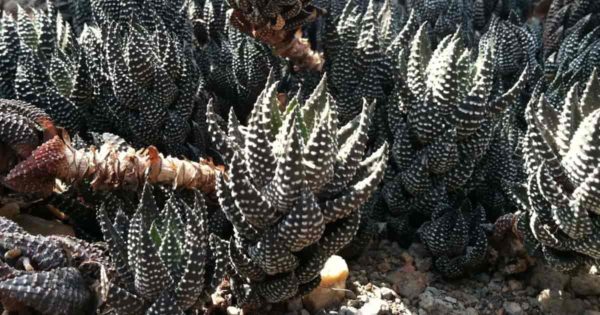
Zebra Cactus has fleshy, green, spear-like leaves embellished with white bands or raised dots.
Keep Haworthia in a bright light setting.
Water regularly in the summertime and reduce watering in the winter.




























